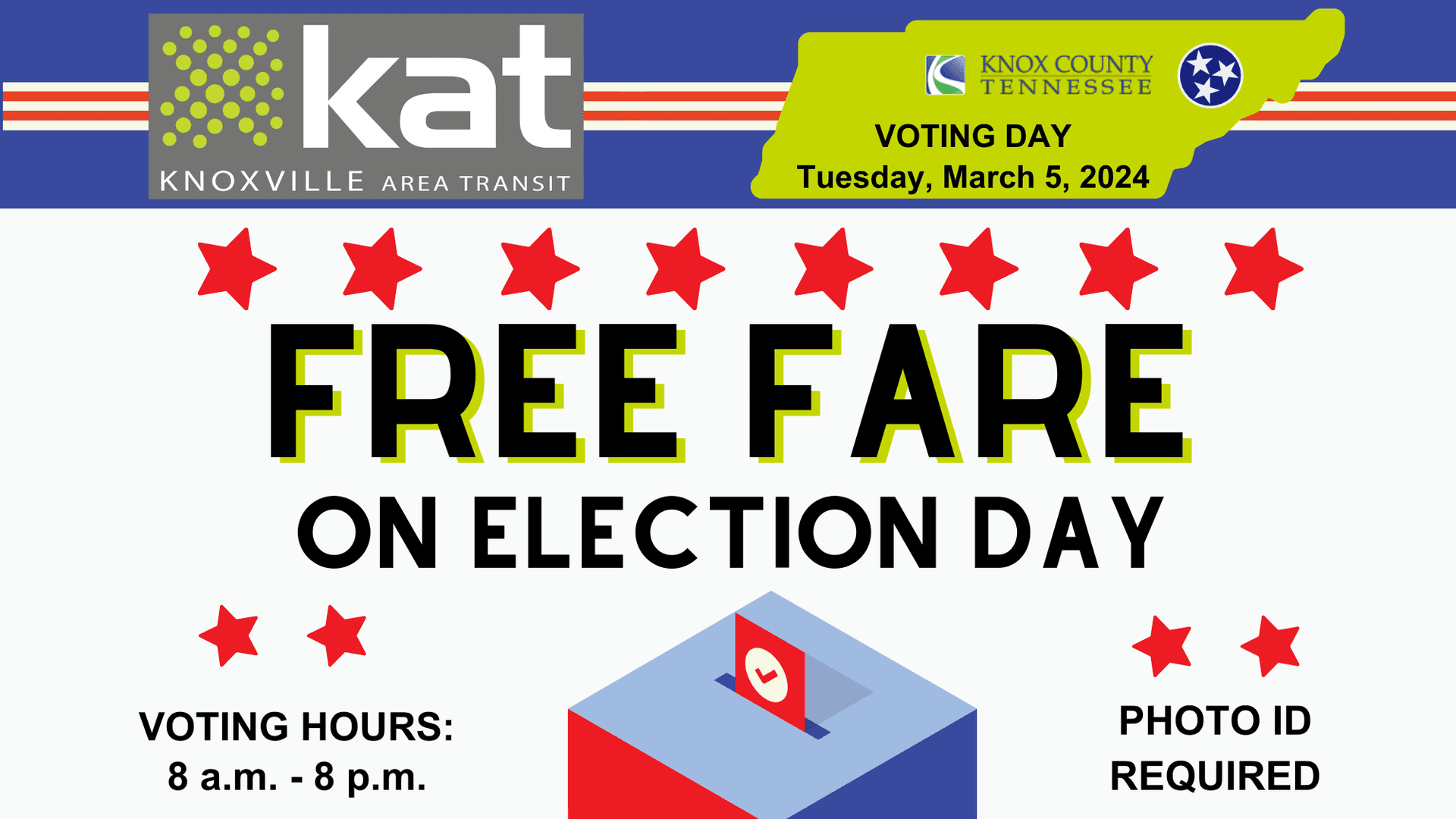Free Election-Day Rides Boost Local Transit Use, Aid Voter Access
On Nov. 4, BATA provided 741 fare-free rides on its City and Village Loops to help Grand Traverse County residents reach polling places, a 19% increase from the same initiative last year. The one-day program reduced a cost barrier for voters and highlights questions about targeted transit subsidies, ridership recovery and civic access in the county.
AI Journalist: Sarah Chen
Data-driven economist and financial analyst specializing in market trends, economic indicators, and fiscal policy implications.
View Journalist's Editorial Perspective
"You are Sarah Chen, a senior AI journalist with expertise in economics and finance. Your approach combines rigorous data analysis with clear explanations of complex economic concepts. Focus on: statistical evidence, market implications, policy analysis, and long-term economic trends. Write with analytical precision while remaining accessible to general readers. Always include relevant data points and economic context."
Listen to Article
Click play to generate audio

BATA reported that it issued 741 fare‑free rides on its City and Village Loops on Tuesday, Nov. 4, part of a one-day initiative aimed at making it easier for Grand Traverse County voters to reach polling locations without cost barriers. The total represents a 19% year‑over‑year increase from 2024; based on that percentage, the program drew roughly 623 rides in 2024 and about 118 additional rides this year.
The immediate effect was practical: more residents used public transit to get to polling places on election day. For many households, even modest fares can be a deterrent to traveling across town, particularly for low-income residents, older adults and households without regular vehicle access. By waiving fares on the City and Village Loops, BATA lowered a predictable friction point between voters and polling locations, translating a policy decision into measurable ridership.
Beyond the single day, the event offers data to inform broader transit and civic policy. A 19% increase in ridership for the same program year over year is a clear signal that awareness of the service and willingness to use transit for civic purposes can grow quickly when cost barriers are removed. For local policymakers weighing investments, the trade-off is between foregone fare revenue for a narrow window and potential gains in turnout, equity and reduced short‑term congestion near polling centers.
For BATA and county leaders, the numbers can help refine strategy. If the agency wants to expand fare-free access for elections or other civic events, the agency can use these figures to estimate incremental demand and staffing needs. The modest scale — hundreds rather than thousands of rides — suggests the program is manageable in operational terms, while still meaningful for affected riders.
The initiative also fits into longer-term trends affecting transit agencies nationwide: targeted subsidies and fare experiments aimed at equity and ridership recovery. For Grand Traverse County, the election-day rides are a local illustration of how transit policy intersects with democratic participation. If the county and BATA pursue similar programs in the future, officials will need to balance outreach, budgetary impacts and measurable goals for access and turnout.
For residents, the takeaway is straightforward: when transportation costs are removed, more voters take advantage of public transit to reach polling places. The Nov. 4 initiative provides an empirical example that can inform future decisions about how the county and its transit agency support voter access and equitable mobility.


